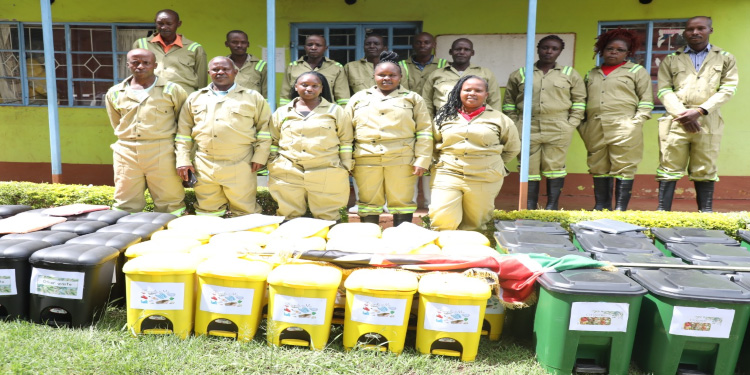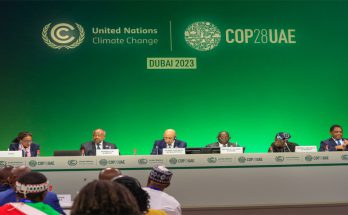 Between the saturation of landfills and the need for recycling, Kericho County, located 270 km from Nairobi, is committed to converting urban waste into energy. The implementation of this project, supported by local authorities, will eventually reduce greenhouse gas emissions.
Between the saturation of landfills and the need for recycling, Kericho County, located 270 km from Nairobi, is committed to converting urban waste into energy. The implementation of this project, supported by local authorities, will eventually reduce greenhouse gas emissions.
In Kenya, Kericho County wants to provide a sustainable solution to the problem of solid waste pollution. To do so, the local authorities in partnership with the non-governmental organization (NGO) Practical Action will set up a waste-to-energy plant, the capacity of which has not yet been disclosed. The facility will create jobs.
According to Richard Mitei, Kericho County’s Water, Energy, Environment and Natural Resources Officer, the program will also provide 900 pedal garbage cans and 4,500 bags, as well as a full set of 250 personal protective equipment to the county’s residents, who will be trained in the use of the devices.
Optimizing the Waste Management System
A report by the United Nations Environment Programme (UNEP) indicates that poor solid waste management or disposal contributes to 5% of global GHG emissions. In this context, the Kenyan government is increasingly promoting waste-to-energy initiatives to ensure a diversified electricity mix and decentralized power generation.
In Kakamega, for example, the Swedish energy company VR Holding AB is implementing a project to build a 10 MW solid waste-to-energy plant at a total cost of 6 billion Kenyan shillings (about $53 million). The recovered solid waste will be collected in Kakamega, Busia, Homa Bay, Trans Nzoia, Bungoma and Vihiga counties.



